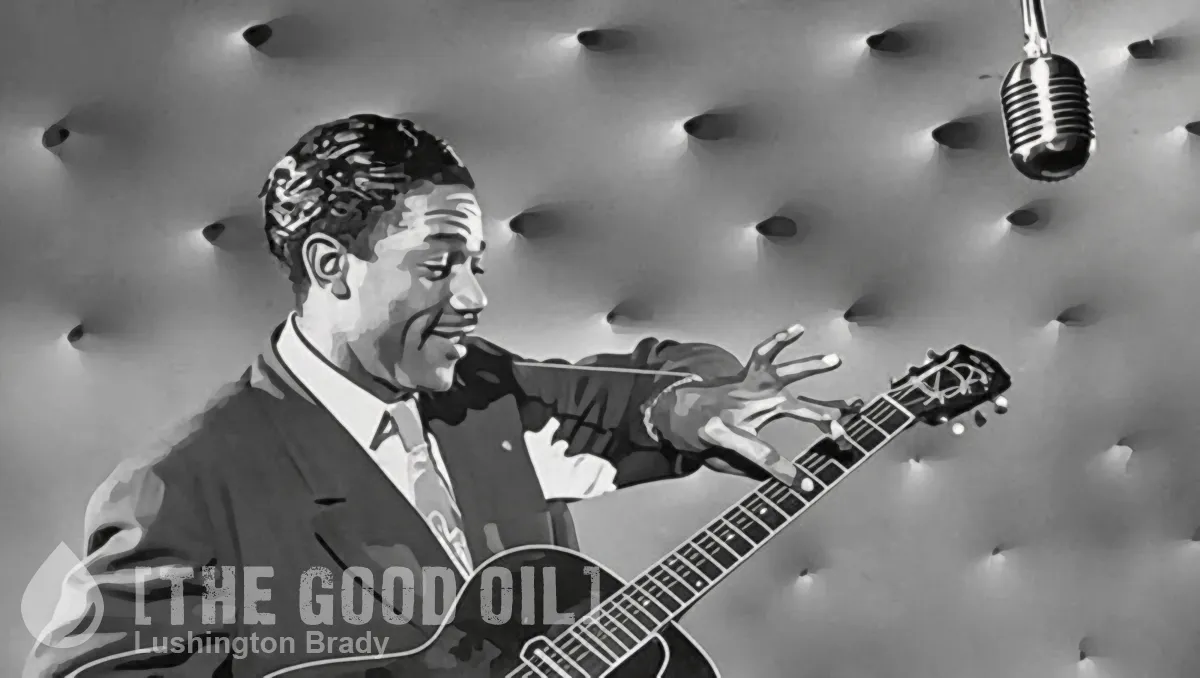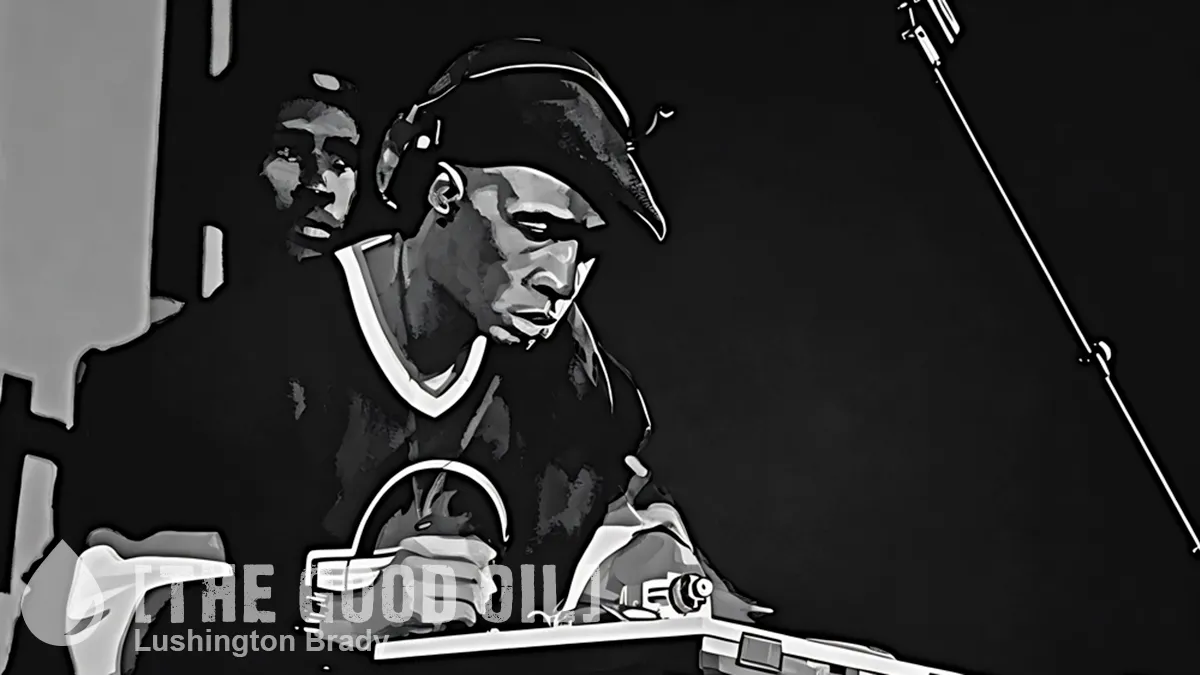Who was Kilroy, and why was he here? He was what might be considered a prototypical example of what biologist Richard Dawkins dubbed a “meme”, a simple cartoon drawing of a man peering over a wall, with the tag, “Kilroy Was Here”. It spread across every theatre in WWII were American troops went. At times, it seemed to even precede the arrival of American forces. It was found everywhere from ships bridges to toilets, walls to missile shells. It was scrawled from France to Germany, to the Pacific. It was even allegedly found by Stalin in the VIP bathroom at the Potsdam Conference.
Japanese troops were supposedly as perplexed as Stalin by this tiny man peering over a wall, which they found on tanks and missiles across the Pacific islands. Hitler is said to have believed it was the calling card of an Allied superspy, who went anywhere he wanted, undetected across enemy territory.
Kilroy’s most notable appearances are the two inscriptions hidden in the World War II memorial in Washington D.C. Tucked away, in small unassuming corners of both the Atlantic and Pacific sides of the memorial, Kilroy has been carved into the marble. It serves as a tribute to his legacy and impact on the war effort […] “Kilroy Was Here” was more than just a simple doodle. It was a symbol of pride and perseverance for American soldiers during World War II.
Kilroy even made a comeback during the Korean War, and, decades later, he was sighted in Iraq and Afghanistan.
So, who was Kilroy, and why was he there?
Although Kilroy’s origins remain disputed, the most widely-accepted theory is that he was born in the the Fore River shipyard in Quincy, Massachusetts. A man by the name of James Kilroy worked the yard as a rivet inspector in WWII. The shipyard was a vital part of the vast industrial machine producing the war materials desperately needed to defeat Germany and Japan.
As an inspector, Kilroy was responsible for checking the work of riveters. They were paid based on the number of rivets they installed.
To prevent the riveters from erasing his inspection marks, the clever American shipyard inspector began marking his approved work with the phrase “Kilroy was here” in more durable crayon. This allowed him to ensure that the riveters were not paid double for their work.
Kilroy’s markings were normally painted over during the shipbuilding process. But the urgent need for ships overseas meant that most were launched into action before they were covered up.
As a result, sailors and GIs on troop ships soon noticed the odd little marks. Given that the marks were also found in generally inaccessible places, such as inside sealed hull spaces, the James Kilroy theory gains credence.
Sailors at first treated an appearance of “Kilroy Was Here” as a kind of good luck charm. It also indicated that their ship was properly checked and protected against the enemy. GIs later adopted Kilroy’s tag – likely for the fun of it. And so, they began tagging the places they’d visited across Europe, Asia, and Africa.
This led to the phrase “Kilroy Was Here” becoming a ubiquitous sight on ships and other military equipment. It’s uncertain where the drawing of the bald man joined the picture during this timeline. But, likely, it started somewhere in the very beginning.
The power of good luck charms in war has a long history. In WWI, soldiers would adopt animal mascots, or objects associated with a lucky escape from death, and imbue them with almost talismanic reverence. “Touch Wud” and “Fumsup” charms – tiny, whimsical, doll-like figures – were a common good luck charm given to soldiers by anxious relatives. Kilroy embodied a similar, desperate belief in the power of good luck.
But he also came to mean something much more.
As they fought their way across the globe, the image of the bald man peering over a wall accompanied by the tag “Kilroy Was Here” appeared in plenty of unexpected places. It boosted the spirits of the battle-weary soldiers.
The appearance of “Kilroy Was Here” also became a competition for soldiers. They vied for the chance to inscribe the graffiti in obscure locations, which added to its allure and mystery.
Most importantly, the Kilroy character represented a belief that someone came before and made it out. It served as a beacon of hope for soldiers during the war.
It, therefore, represented not just American military culture, but also the tenacity and bravery of the American spirit.
When soldiers stormed a beach, took over an objective point, or liberated a town, seeing the words “Kilroy Was Here” reminded them that they could conquer anything and win the war.
While the “Kilroy Was Here” fad was a quintessential, emblematic part of World War II and the 1940s, it was far more just a tagline or a cartoon. It was a symbol of resilience and determination.
History Defined
And thus, as William Faulkner later said, What matters is at the end of life, when you’re about to pass into oblivion, that you’ve at least scratched ‘Kilroy was here’ on the last wall of the universe.
“Kilroy Was Here” was not just about Kilroy: it was a way for men facing the very real likelihood of an early and violent death to say, “I was here. I was part of this great struggle. I mattered.”









